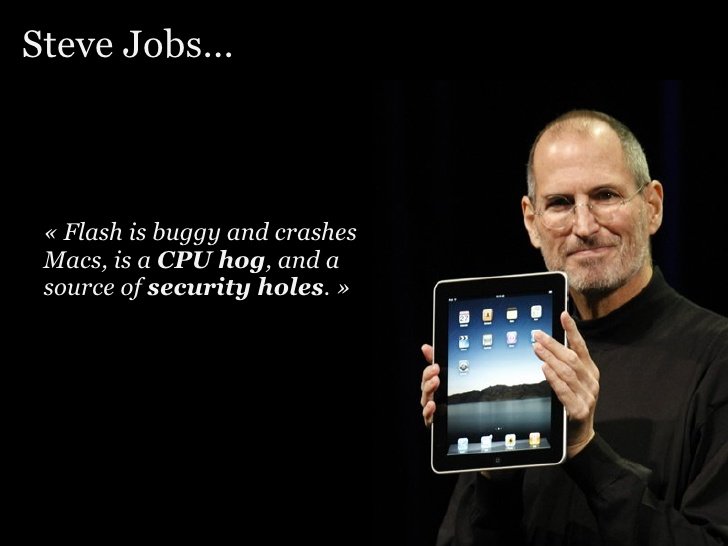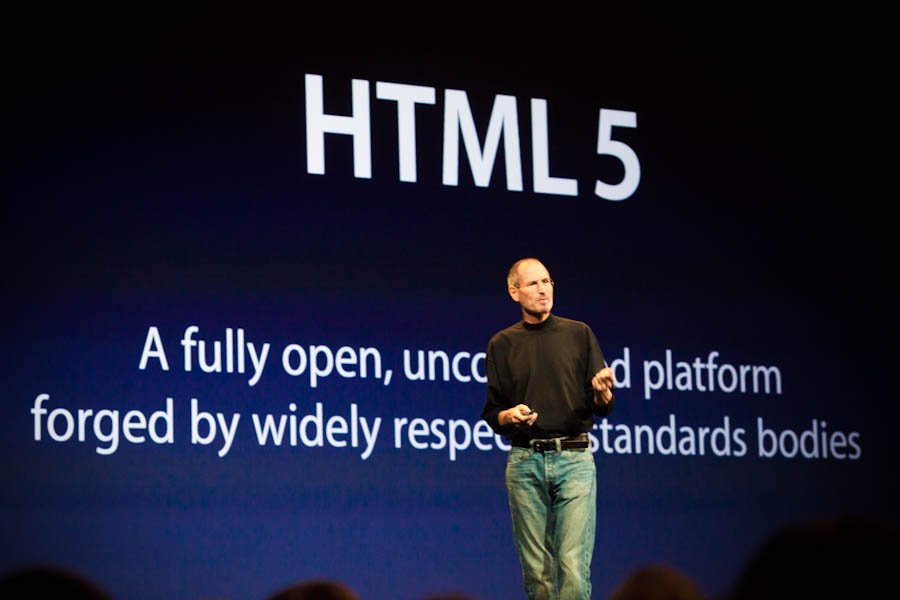Adobe is a company almost all of us are familiar with. It is a multinational computer software company incorporated in Delaware and headquartered in San Jose, California. Many people believe that Adobe is a rip-off and that there are better replacements for some of the products that they have. But this always been the case. From Photoshop to PDFs, from Premiere Pro to Illustrator, Adobe has changed the computing industry in a few ways. And all of this came from a backyard garage and the need to fulfill a gap in the fledgling computer industry.
Origin of Adobe
Adobe Inc was founded in December 1982 by John Warnock and Charles Geschke in Warnock’s garage. The name Adobe was chosen because there was a creek by the name of Adobe that ran behind Warnock’s house. Their logo was designed by John Warnock’s wife, Marva Warnock who was a graphic designer. Warnock and Geschke established the company after leaving Xerox Parc. Warnock tried to convince Xerox’s upper management to commercialize a key printing technology that Geschke and himself had developed but the request was denied so the duo left.
Entry in desktop publishing
The printing technology that Warnock and Geschke had created was called Postscript which is the graphics industry standard for printers to this date. Back then, the printers used- mainly dot matrix printers- were capable of printing some crude greyscale graphics with rows of pixels. But the problem with them was that everything that was printed had to be fixed to a grid of dots. This made the output blocky and they struggled with typography, which was a huge setback for printing technology. But after some time a new printing technology called laser printing came along and the Postscript code became the main driver of these new printers. Allowing the average consumer to build detailed images for the first time.
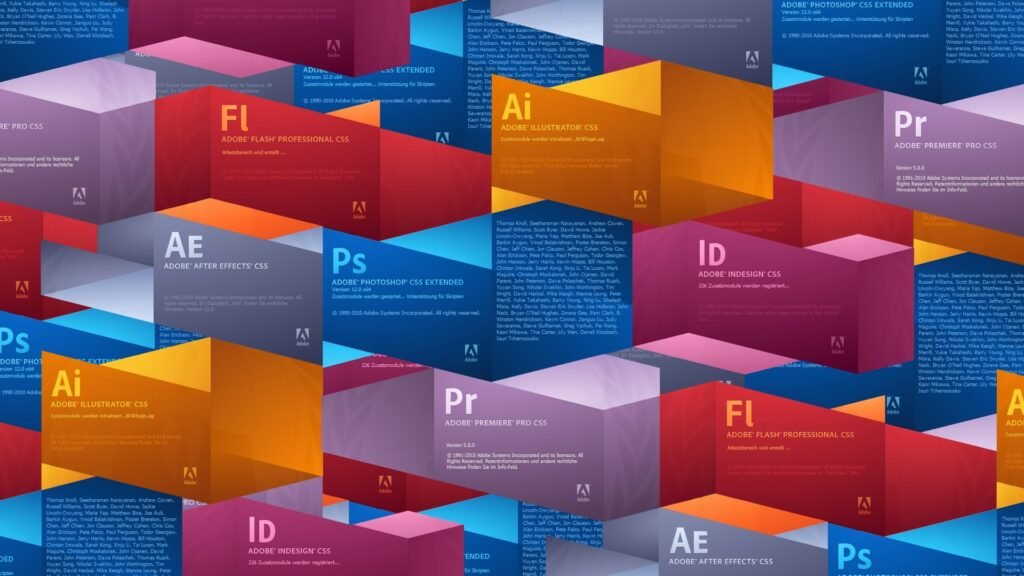
The other thing that was true at that time was absolutely no graphic artists on the planet uses a computer. And here we were bringing out a product that was to help graphic artists and none of them used computers. Any sensible marketing person would say “There is no market there. This is the stupidest thing you can possibly do”. We did it anyway and over the next three years, the graphic artists said “Gee. The productivity that I am going to get using this little computer versus the way I had to do it in the old way is going to change the way that I work.”
Steve Jobs attempted to buy Adobe for 5 million dollars in 1982 but Warnock and Geschke refused though their investors urged them to work something out with Jobs. So, they agreed to sell him shares worth nineteen percent of the company. Jobs also paid five times the company’s valuation at that time plus a five-year licensing fee for Postscript in advance. This made Adobe the first company in the history of Silicon Valley to become profitable in its first year.
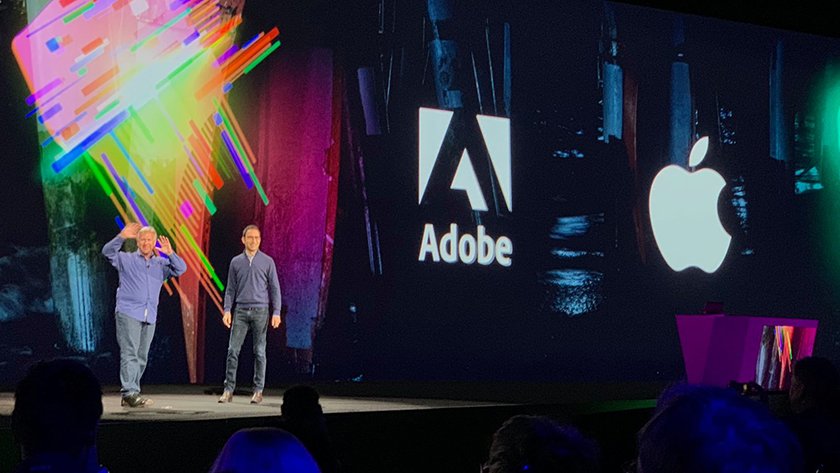
In 1985, Apple computer licensed Postscript for use in its laser writer printers. This helped spark the desktop publishing revolution. Before this, digital publishing was limited to a photo typesetter which was prohibitively expensive. In the range of hundreds of thousands of dollars. Xerox made photo typesetters which explains why the upper management rejected the idea of Postscript in the first place. The idea that all you needed for publishing was a macintosh and a laser writer printer was groundbreaking. It replaced the phototypesetting industry- which was around since the1950s- in a couple of years.
By the mid-80s, Adobe was booming and they entered the Nasdaq index in August 1986. In 1987, Adobe entered the consumer software market with Illustrator which was a vector-based drawing program for the Apple macintosh.
“When I change the eyebrow and move the curves around, you can see that it’s moving on both images and that you can see the preview changing as I move the curve. This is a very neat and powerful feature. If I select the entire eye, I can move the eye around and sort of getting a Picasso effect in the image. We can undo any operation with illustrator.”
Illustrator helped further popularize postscript enables laser printers.
Making of Photoshop
Contrary to popular belief, photoshop wasn’t built in house by Adobe. It was actually developed in 1987 by two brothers, Thomas and John Knoll. Thomas Knoll, a Ph.D. student at the University of Michigan began writing a program on his macintosh plus to display greyscale images on a monochrome display. This program caught the attention of his brother John. He recommended that Thomas should turn it into a full-fledged image editing program. He agreed and took a break from his studies for six months in 1988.
The brothers worked together, renaming the program “Image Pro” but that name was already taken. Later that year, Thomas settled for the name “Photoshop”. During this time, John Knoll traveled to Silicon Valley giving demonstrations of the program to engineers at Apple and Adobe. They loved it and Adobe decided to purchase the license to distribute the software in September 1988.
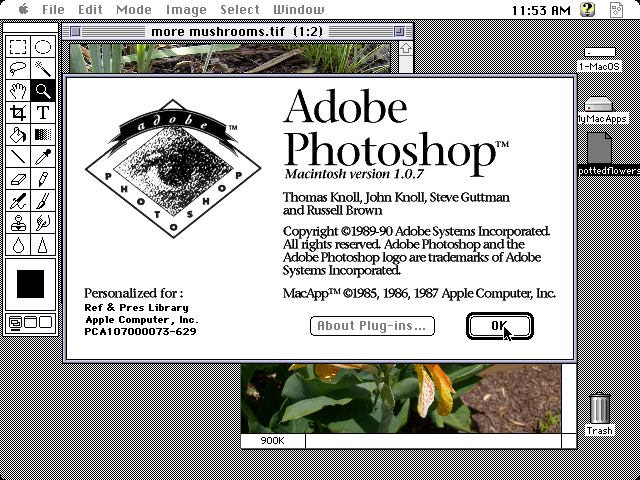
Photoshop 1.0 was released on 19th February 1990 for macintoshes exclusively. Adobe and Photoshop quickly became the industry standard for digital color editing. It was a significant breakthrough because, at the time when Photoshop 1.0 was released, digital retouching cost around 300 dollars per hour. And that was just for basic photo retouching. The price of the Photoshop software for macintosh in 1990 was 895 dollars. And with that, you could do as much editing as you wanted. This was, by no doubt, a revolution. In 1993, Photoshop was ported to Microsoft Windows and now Adobe had truly entered the mass market.
Developing the PDF format
In the spring of 1991, John Warnock outlined a system that would eventually become the Portable Document Format or PDF file format. He said the goal of this format was to effectively capture documents from any application, send electronic versions of these documents anywhere and view and print these documents on any machines. In his writings, Warnock said that he imagined text searching abilities that could search for any word or phrase. He imagined that the entire library could be archived in electronic form.
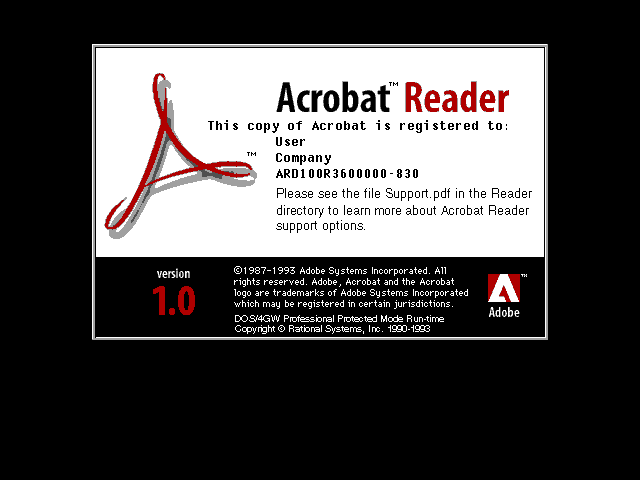
Two years later, Adobe introduced PDF along with the acrobat reader at a windows conference. It remained a proprietary format until it was released and made open in 2008. PDFs enabled the users to zoom in on any document without losing quality and access many other smart features like digital signatures.
Video editing
In December of 1991, Adobe released Premiere, an video editing software which CNN was an early adopter of. Adobe renamed this to Premiere Pro in 2003. Today, the software is being used to edit feature films such as Deadpool. Adobe After Effects was originally created by a team at the Group Company of Science and Art in January of 1993. Adobe acquired it in 1994.
Charles Geschke’s kidnapping
Things were growing great for Adobe but as the company grew in success, so did the secret jealousy. On the morning of 26th May 1992, Geschke arrives at work and parks his car at the Adobe car park in Mountain View California. Suddenly, two men spring out of hiding and kidnap him at gunpoint. The kidnappers threatened to blow up his house and hurt his family.
“I didn’t know how much the knew about me. Both my life and my family’s life were going to be in jeopardy. I figured the only thing I could do was to play it fairly straight with them. They clearly wanted to get money fast. If I didn’t co-operate they’d cut me up into pieces and feed me to the sharks.”
Later at home, Nan, Geschke’s wife, was worried that her husband had failed to call.
“I was very afraid that he’d had a heart attack. I thought it was strange but there had to be an explanation. I never thought of the foul play.”
At 12:30 P.M., her phone rang. The caller told her that her husband has been kidnapped and been taken out of the state, if she didn’t comply with their demands, Charles would be cut into a million pieces and left at her doorstep. He demanded that she come up with 650,000 dollars and also to keep silent because she was being followed and watched. Frightened to call from the house, Nan decided to use a public payphone and warn the Adobe C.E.O., Warnock, in case he was next.
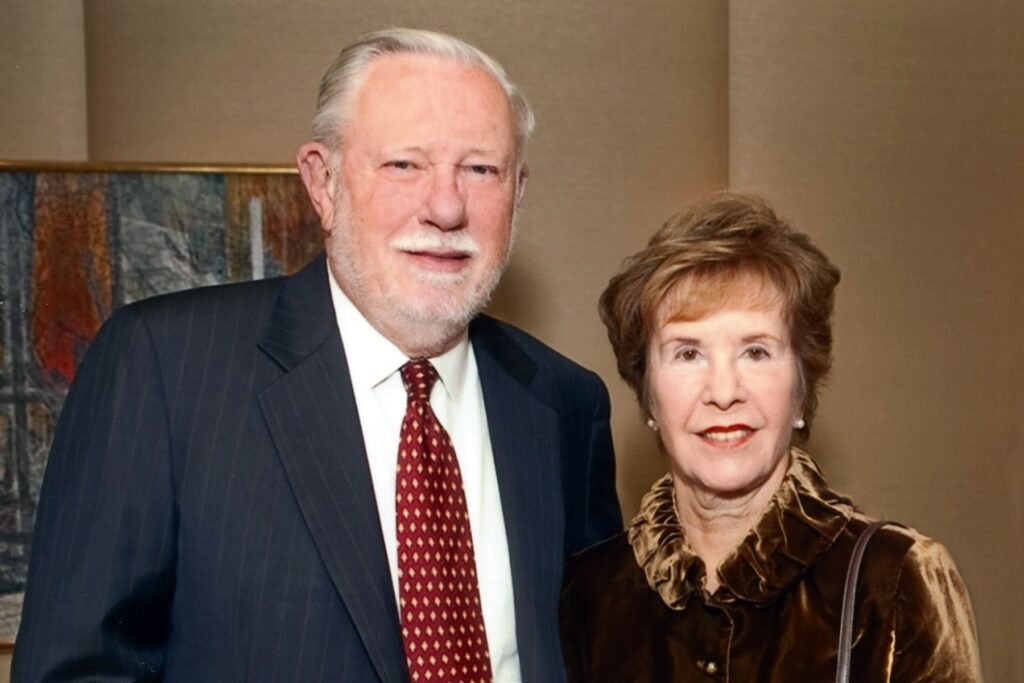
She also called two stockbrokers and demanded they liquidate stocks into hundred dollar bills within ten days. She worked in secret to inform others and switched cars and changed clothes, sometimes going on foot because she was sure she was being watched. When Warnock heard this news, he argued with his wife over what action to take. Marva, his wife, believed strongly that they should call the FBI but Warnock thought that it would be dangerous. He eventually decided to call the FBI.
After four grueling days and working and discussing with the families, the FBI had their plan. Geschke’s daughter Kathy was going to negotiate with the kidnappers. She was going to wear a wire and a bulletproof vest to drive the money to the captors with an FBI agent hidden in the backseat relaying instruction to other agents in undercover cars. After a four-day hostage situation on 31st of May, the FBI burst into where Geschke was being held and he was finally rescued. The two kidnappers were eventually sentenced to life terms in state prison.
Acquisitions
Adobe increases its acquisitions at a record pace. With their purchase of Cool Edit Pro, now renamed Adobe Audition, and the acquisition of their main rival, Macromedia plus Cold Fusion, Flash, OCR Systems, Aldus, LAserTools Corp, Computation Inc., JetForm, and much more.
Flash v/s Steve Jobs
Adobe’s 2010 was marked by the continuing back and forth arguments between Apple and themselves regarding support of Adobe Flash on the iPhone, iPad, and their other products. In April 2010, Steve Jobs published a post titled “Thoughts on Flash”. Here, he outlined his thoughts on the technology and the rise of html5. He cited that rapid energy consumption, poor performance on mobile devices, abysmal security, and a lack of tech support were the reasons to dump Flash. In the end, Jobs won, and in November of 2011, Adobe announced that they would cease the development of Flash for mobile devices. Instead, they would focus on html5.
2012-Present
In 2012, 14 million sets of payment card information were compromised by an attack on adobe. It became a crippling taint for the company’s image which was already being criticized for their pricing practices and glitches in video editing software. But despite this from 1995 to 2013, Fortune ranked Adobe as “An outstanding place to work”. In October 2018, Adobe officially changed its name from Adobe Systems Incorporated to Adobe Inc. In 2019, the company seriously started its push into mobile by releasing Photoshop, Illustrator, and rush for the iPad. Last year, the company made 11 billion dollars in revenue and currently has about 21000 employees.


